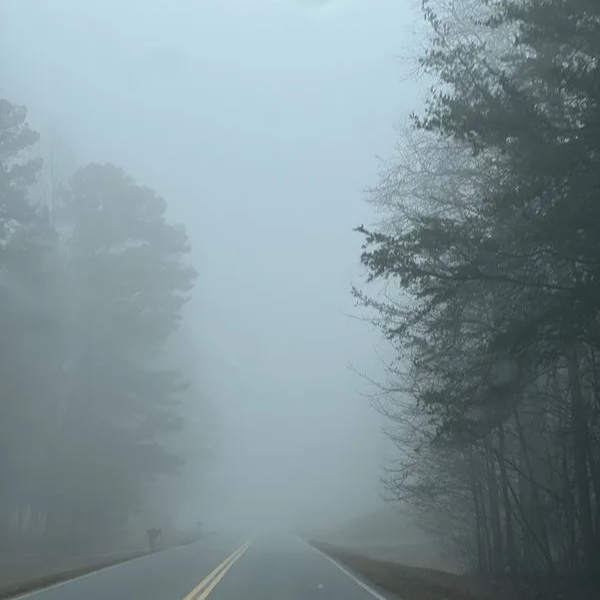Transformational Reinvention
The Ecology of Consequence

I have come to understand that when we stand at the crossroads between comfort and possibility, we often find ourselves paralyzed by fear.
This isn't weakness—it's human nature. Discover why your brain processes fear and excitement in almost identical ways, and learn five proven strategies to move past your anxieties toward meaningful achievement. From breaking down overwhelming dreams into manageable steps to reshaping your relationship with failure, this guide provides practical techniques that transform fear from a barrier into a stepping stone. The difference between those who achieve their dreams and those who don't isn't the absence of fear—it's the courage to take that first step despite it.
Imagine this: You’re standing at the edge of an unknown forest, the entrance inviting yet mysterious. The rustling leaves whisper tales of adventures past, the breeze playfully nudging you forward. Your heart beats in excited anticipation, echoing questions: It’s as if you’re on the threshold of a grand adventure, with the option to step back into the familiar or charge forward into the unknown. Having embarked on many such journeys myself, I can assure you – the blend of curiosity and apprehension always lingers, but so does the allure of discovery. Let’s walk through the intricate tango of dreams and fears, shall we?
Fear’s that unexpected partner who’s spun us into a dance we weren’t prepared for. Its roots dig deep into the primal parts of our brains, alerting us to predators, dangers, and the unknown. Yet, as we waltz towards our dreams, fear, often because of past missteps, becomes a shadow that stifles us, holding us captive in its embrace.
Have you ever felt the weight of potential judgment, the chill of rejection, or the specter of failure hovering like a cloud? Our first master move is to recognize this dance partner, respect its presence, and lead the dance, not letting it drag us.
In the dance of life, risk is our rhythm. It compels us to sway, twist, turn, and occasionally, take that daring leap. While our primal instincts might view risks as missteps, the unexpected twirls and jumps often lead to the most beautiful dance sequences.
Imagine risk as an open dance floor, inviting us to test new moves, routines, and styles. Sometimes, we might trip, but isn’t that where the best lessons are learned? Each falter, each stumble, is but a step towards mastery.
Acknowledge the dance
Before leading, you should know your partner. What are the fears holding you back? Scribble them down. Feel their shape and understand their rhythm.
Set the pace
Dream big, but could you break it down? Like mastering dance steps, start slow, practice, and progress. These smaller goals become the rhythm of our dance, guiding our actions.
Shift your focus
Dance is as much about mindset as it is about movement. Instead of dreading a misstep, relish the opportunity to learn, adapt, and grow.
Choose your troupe wisely
Surround yourself with cheerleaders, mentors, and fellow dancers. Absorb positive and constructive feedback, and let them lift you when you falter.
Self-compassion is critical
Even the best dancers falter. So when you do, offer yourself a comforting hand, a pep talk. After all, isn’t every dance a balance of missteps and master strokes?
Dances, like dreams, are more complex. There’s a heady mix of rhythm and chaos, mastery and mistakes. Yet, when fear and plans come together, it’s nothing short of magic. Embrace the chaos, cherish the rhythm, and let your dreams guide your steps. So, lace up those dancing shoes, take the stage, and let the dance begin!
Remember, every step, move, and leap is a choice. The dance floor of life awaits. Are you ready to take the lead?

I noticed the world shifting while watching a Ukrainian baker on The Great British Baking Show. Here’s what it whispered about war, migration and culture…

What if the very same spark that made a handprint on a cave wall 250,000 years ago is the identical creative fire that just penned your favorite pop chorus, painted a digital Van Gogh-style cat, and even dreamed up a brand-new protein in a lab?